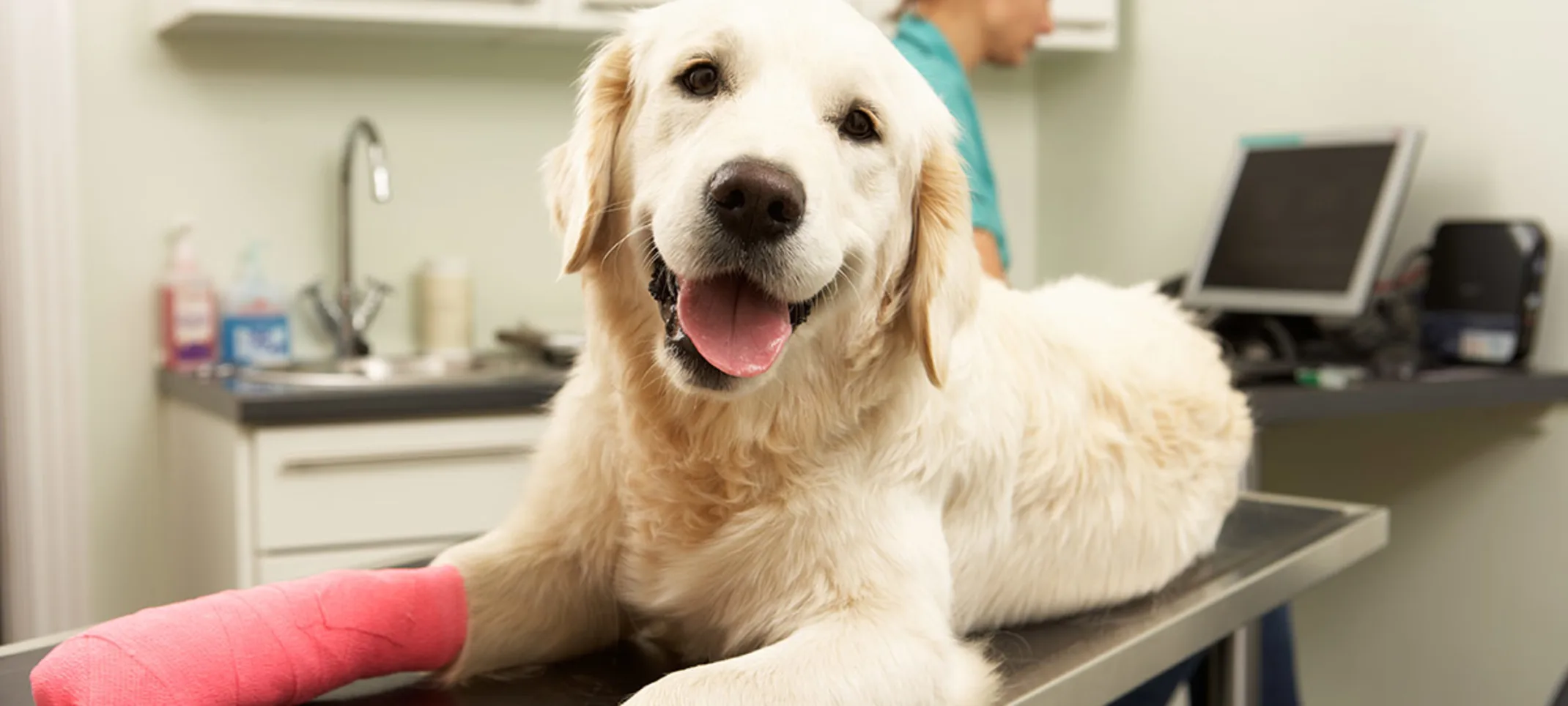Kentuckiana Animal Clinic
Orthopedic Surgery
Orthopedic surgery can help pets who suffer from joint problems, torn ligaments, broken bones, and even help correct congenital problems.

Overview
Orthopedic surgery treats bones, joints, ligaments, and muscles—areas in which your pet may feel pain from a variety of conditions. If veterinary orthopedic surgery is recommended for your pet, we will do everything possible to keep them safe and comfortable before, during, and after the surgery.
Why would my pet need orthopedic surgery?
Orthopedic surgery can help animals who suffer from joint problems, torn ligaments and broken bones. Most orthopedic surgery is focused around the cranial cruciate ligament (CCL), similar to the Anterior Cruciate Ligament (ACL) in humans.
When should I seek orthopedic care for my pet?
Pay attention to the way your pet is moving around, as any unusual changes may mean they have an orthopedic condition.
Typical symptoms of an orthopedic disorder include difficulty getting up, favoring a leg intermittently when walking, limping, swelling in the leg, stiffness or decreased activity level. If you notice any of these problems, you should contact a veterinarian for an examination.
How are typical orthopedic injuries treated?
Modified Maquet Procedure (MMP)
Modified Maquet Procedure (MMP) - The operation is based on a technique developed almost 50 years ago for use in human knees by Dr. Maquet, a Belgian orthopedic surgeon. The operation works by redirecting the force generated by the large quadriceps muscles to compensate for the failed cruciate ligament. This is achieved by cutting free, and moving forward, the part of the tibia (the tibial tuberosity) attached to the quadriceps muscle. The bone cut is called an osteotomy and the osteotomy is stabilized using a modern orthopedic implant material called Orthofoam. The porous titanium Orthofoam promotes remarkably rapid bone ingrowth and healing and this is key to the reduced convalescence and minimal pain seen with MMP surgery. Successful recovery after knee surgery, regardless of procedure, requires a period of controlled activity. For more information, you can contact our office.
Luxating Patella Surgery
RidgeStop Surgery or Trochleoplasty and Tibial Tuberosity Transportation
Patellar luxation is a dislocated knee cap and most commonly seen in small breed dogs. Most patellar luxation occurs when the patella displaces from its normal position to the inside of the knee. Pets with this condition may have an intermittent non-weight bearing lameness and you may even hear a popping noise in their knee. There are many ways to treat this but surgeries may be required. Bring your pet in so we can determine the best way to treat the luxation.
Fracture Repairs
A fracture is a break in the bone or cartilage and can be repaired from simple external splinting to more advanced internal plating. Fractures are typically caused by trauma, a disease or tumor in the bone, or stress applied to a certain bone.
Our veterinarians adhere to the highest level of care standards for all surgical procedures. Our highly skilled doctors place the utmost emphasis on pain management to ensure your pet is safe and comfortable throughout the treatment process. Using advanced technology, your pet's vital signs are monitored by our veterinary technicians, who will remain with your pet through recovery.
Additional Orthopedic Procedures at Kentuckiana Animal Clinic
String of Pearls Plating for fracture repair
Femoral Head Ostectomy procedure for hip dysplasia or traumatic subluxation of the hip
